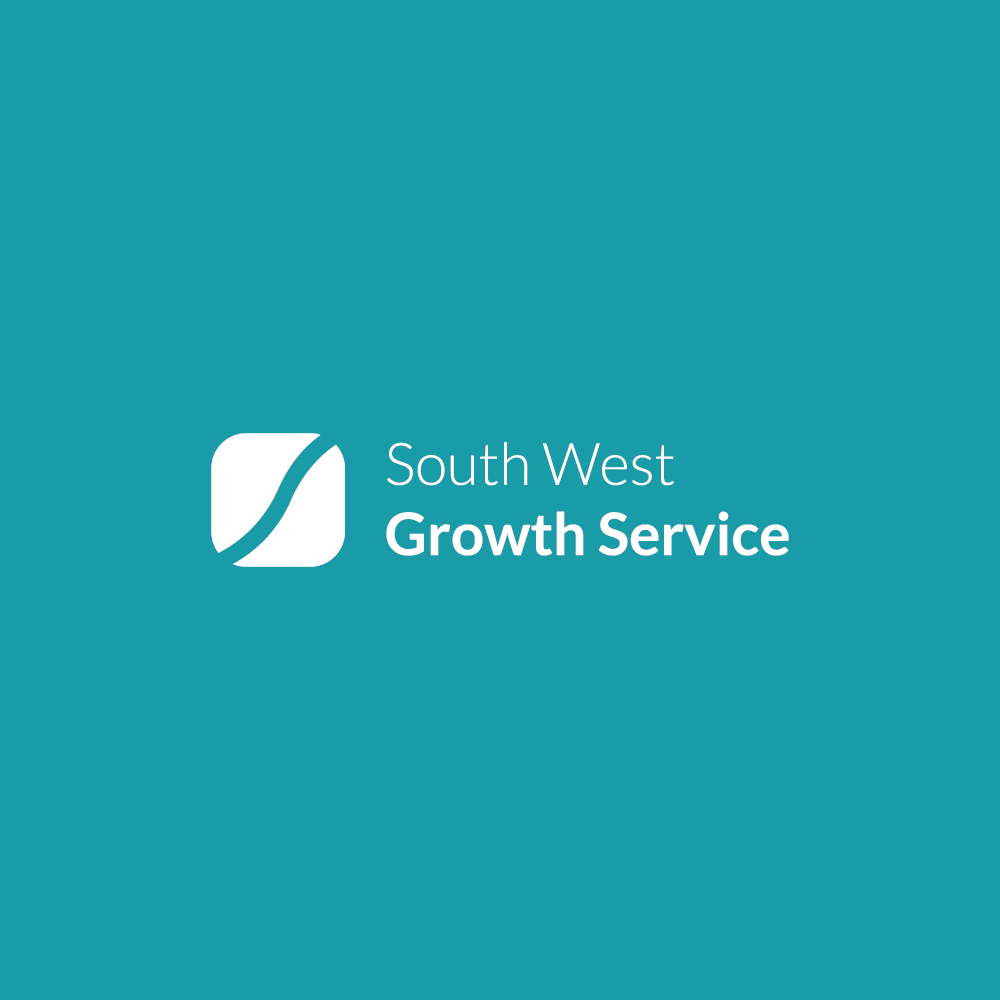
Setting up and then growing a business can feel like a white knuckle ride - full of expectation and adrenaline, with the highs and lows that punctuate every turn.
General
Riding the Curve
Posted on 2nd August, 2016 in General
Setting up and then growing a business can feel like a white knuckle ride - full of expectation and adrenaline, with the highs and lows that punctuate every turn. The experience can be exhilarating, emotional and transformational. One of the reasons it feels this way for those involved is because, consciously or subconsciously, they are riding one of nature's oldest predictive models - the S Curve. We love the S curve so much at South West Growth Service that we incorporated it within our visual branding.
The S Curve and Business
The S curve, also known as the logistic curve, plots the growth of one variable against another. The relationship between the two variables follows this pattern because they are constrained by a limiting factor that determines the S shaped trajectory. Whether it's cell growth, economic forecasts, international development, stock market performance or, most famously, the product innovation cycle, the S Curve has been helpful in modelling future outcomes.
In the development of a business, the S curve is typically used to describe the performance of a company or a product over a period of time, often with cash, turnover, market share or profit as the quantum that defines success.
The Stages of Growth
Businesses, or the products of businesses, that follow an S curve have recognisable stages of growth:
- Birth. With a shallow start, where only early adopters are interested in buying the product or service, the business will invest time and money with, apparently, limited returns. Profits are hard to come by and cash seems to leak out of the business. Limiting factors: cash, time, energy
- Growth. The market begins to demand the product and early feedback allows the business to perfect its delivery. Then the business will experience rapid growth, and the product or business becomes more dominant within its defined market.
Limiting factors: staff expertise and capacity, market profile, operational processes - Maturity. After the rapid growth, these businesses maintain a high performance level but with little growth, which often signals a mature but saturated market. It can also mean that the business brand has lost some of the shine that used to make it glisten…
Limiting factors: market demand, cost of delivery - Decline. Product sales falter and eventually decline, with competitor offerings stealing a march. Continued decline will result in business failure, whether that means takeover by another organisation or the business' insolvency.
Limiting factors: Market demand, staff talent and leadership
Lessons from the S Curve
Using the S-curve is a helpful metaphor and can allow businesses to anticipate their next steps. It also provides comfort to those businesses that are initially investing time and effort for minimal returns. It is also an important model for those businesses that are riding the success curve, apparently impervious to any potential downfall. History is littered with examples of businesses that failed to realise they had entered the decline phase: - Blockbuster (failed to anticipate the impact of online delivery); Royal Bank of Scotland (displayed leadership arrogance and failed to anticipate market failure); Blackberry (failed to innovate).
When using the model with clients, we find that there are a number of lessons that can be drawn from using it:
1. Anticipating your limiting factor. Each stage a company will have different limiting factors that are impacting its future progress - only through understanding these can the business mitigate these.
2. Staff expertise and capacity. So often we have found that the very skills that were a premium at the outset become a major risk later on. Constant review of what skills and development are required is essential.
3. Competitor analysis. Without having a radar on the marketplaceyour business will not understand what customers are choosing (instead of yours). This is a key risk for the business and will make it more likely that competitors steel your market.
4. Continuous Improvement. Operational processes can be the one form of competitive advantage through the maturity phase when the market demands good value through the right channels - so make sure you get them right.
5. Avoiding decline. Unless you want your business to take the inevitable journey to obscurity, you have two choices. Either extend the existing S curve by becoming more efficient or leap on to a new S Curve. This can be a modification of your current business strategy but one that addresses the emerging market needs.
6. Measuring success. How you measure success for your business will change over time. At the onset, getting new profitable customers is crucial whilst in the growth phase it is more critical to ensure operational effectiveness.
7. Business strategy and leadership. The S curve is a great tool to use in tandem with many other business strategy tools. The best business leaders will take time out to assess how their business is performing and how the strategy might need to change.
Chris Lorimer is a Director of South West Growth Service. For more information, please contact Chris on [email protected]
